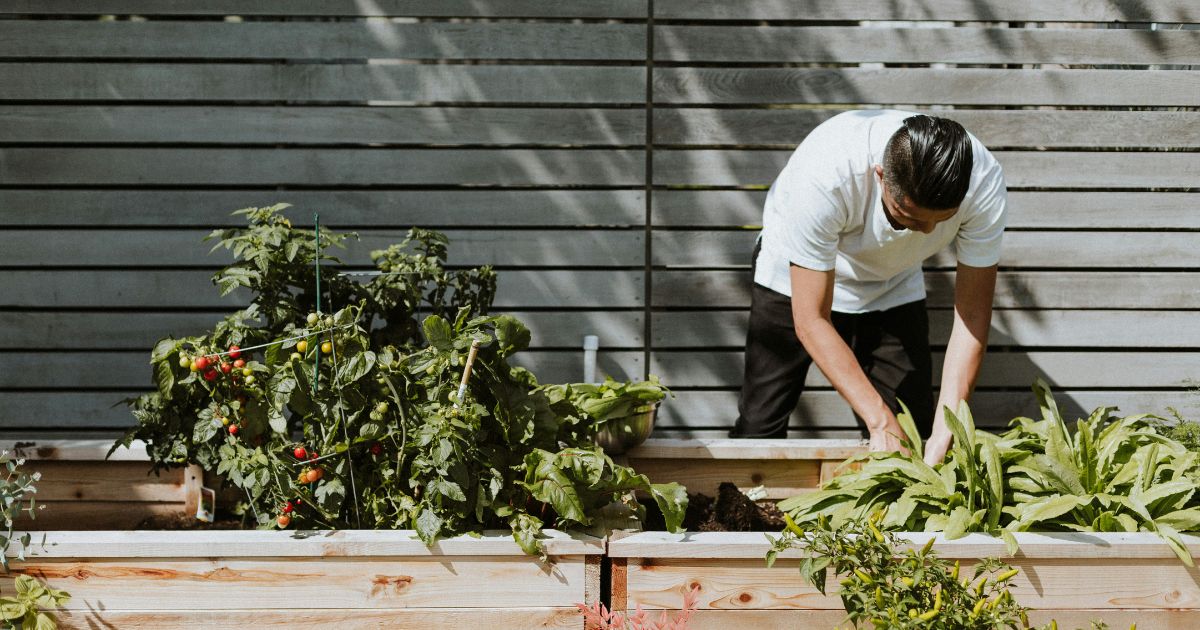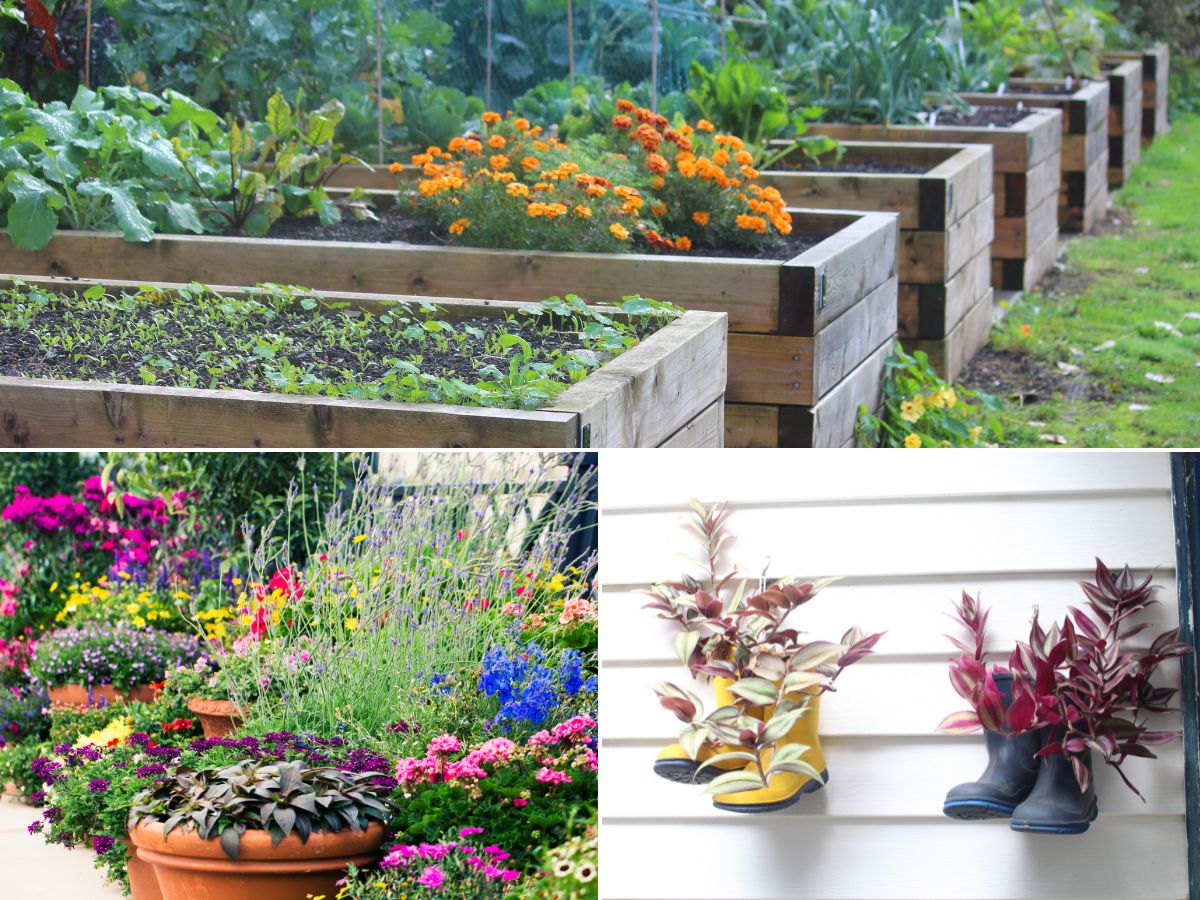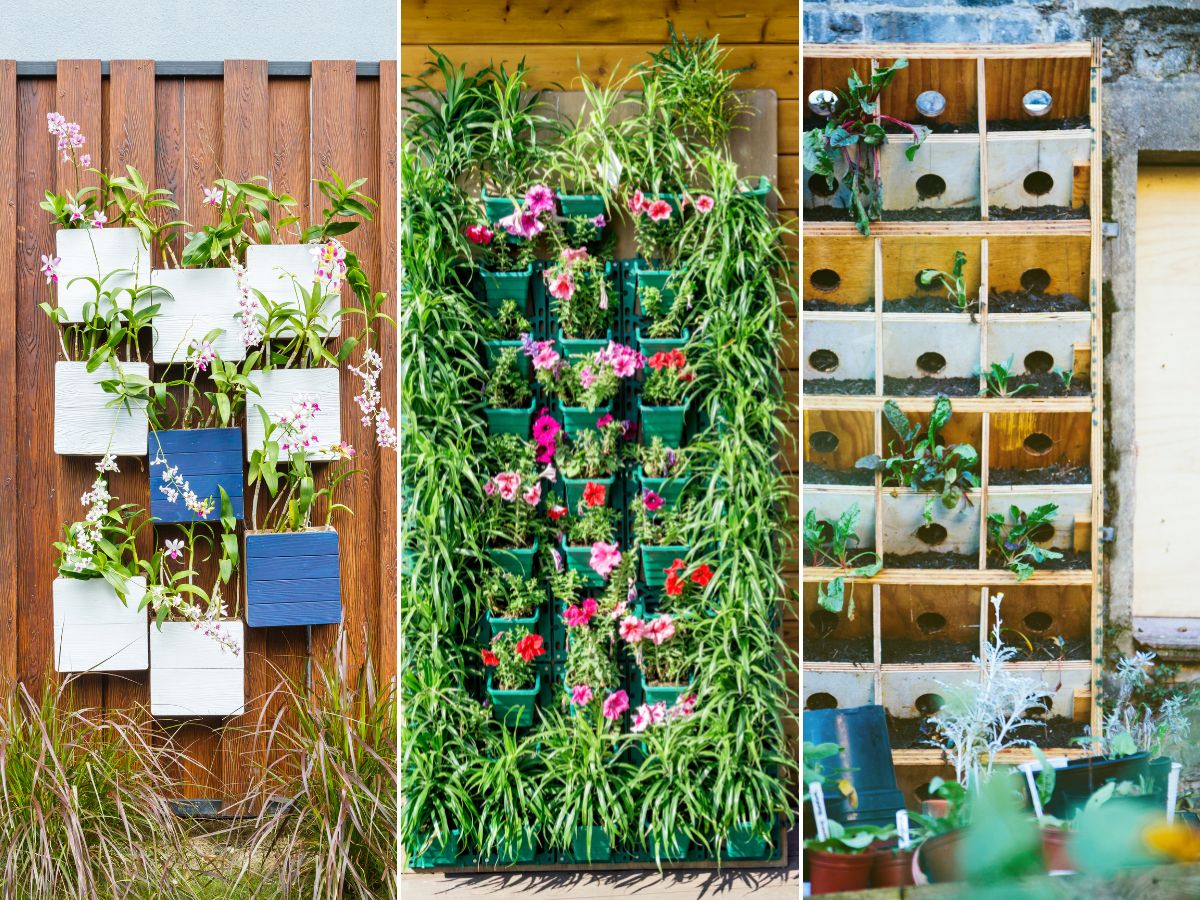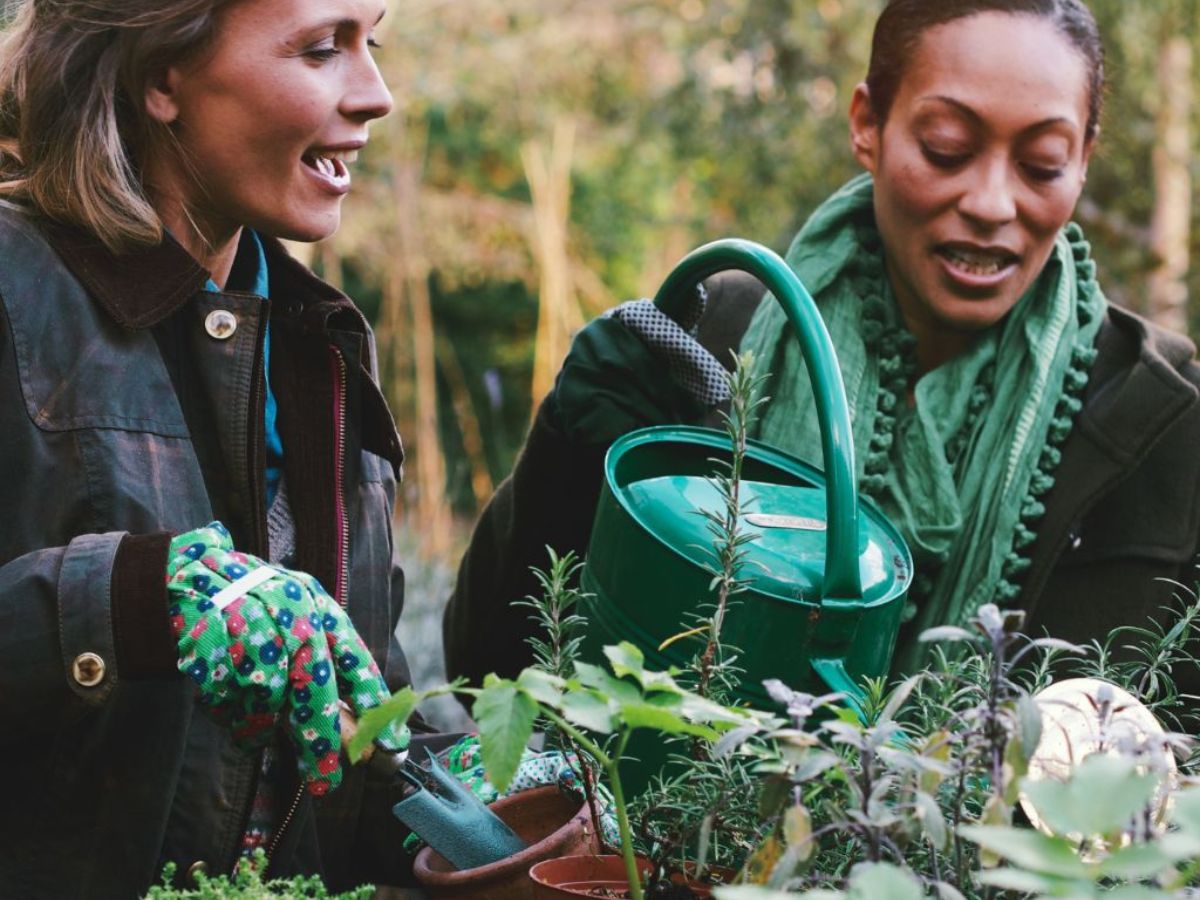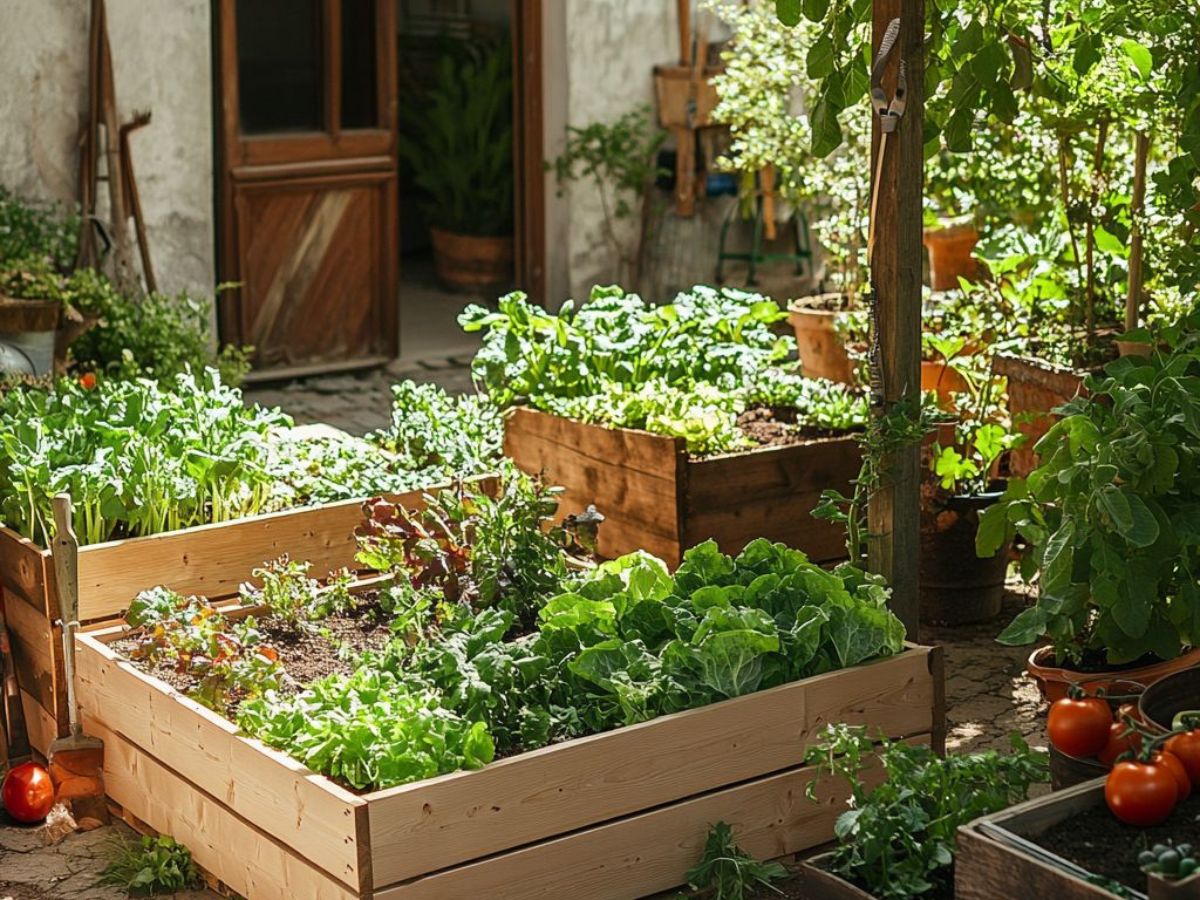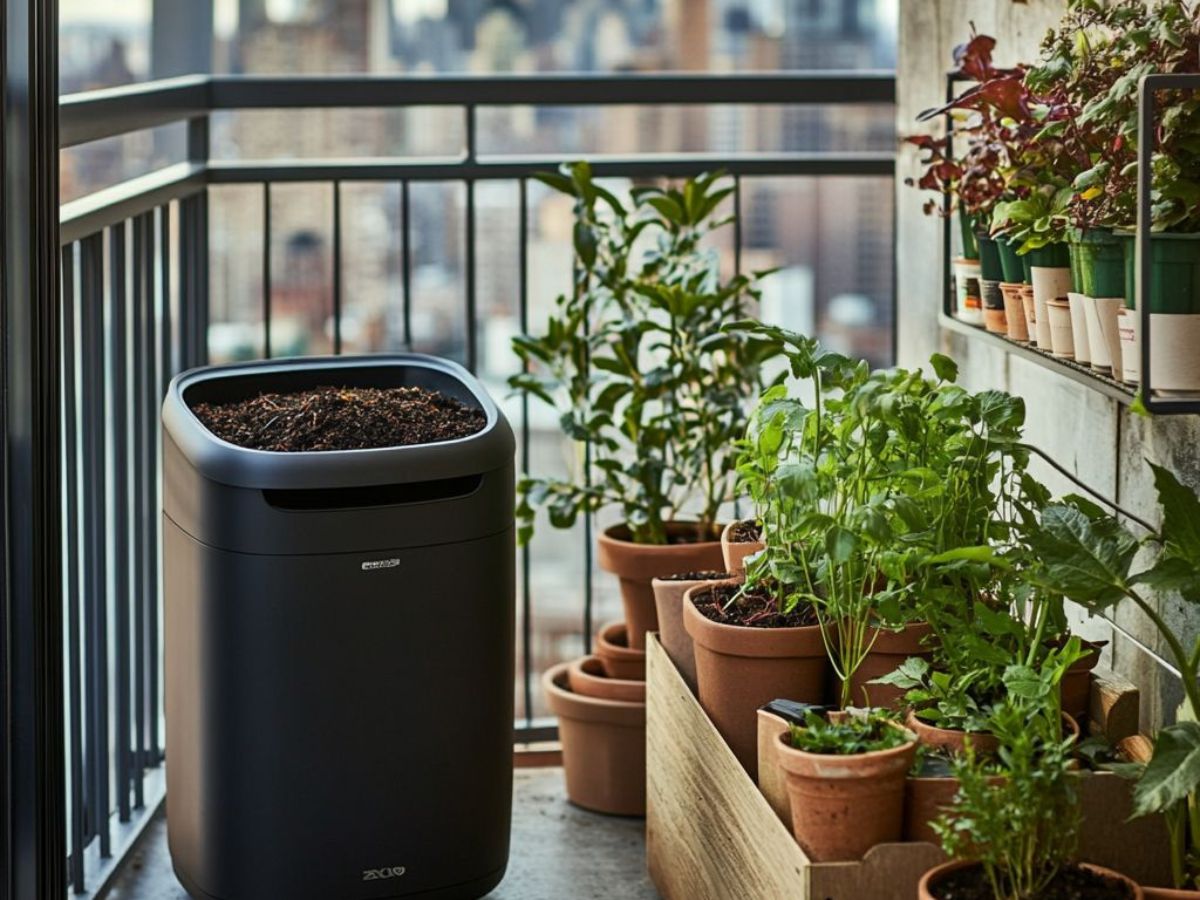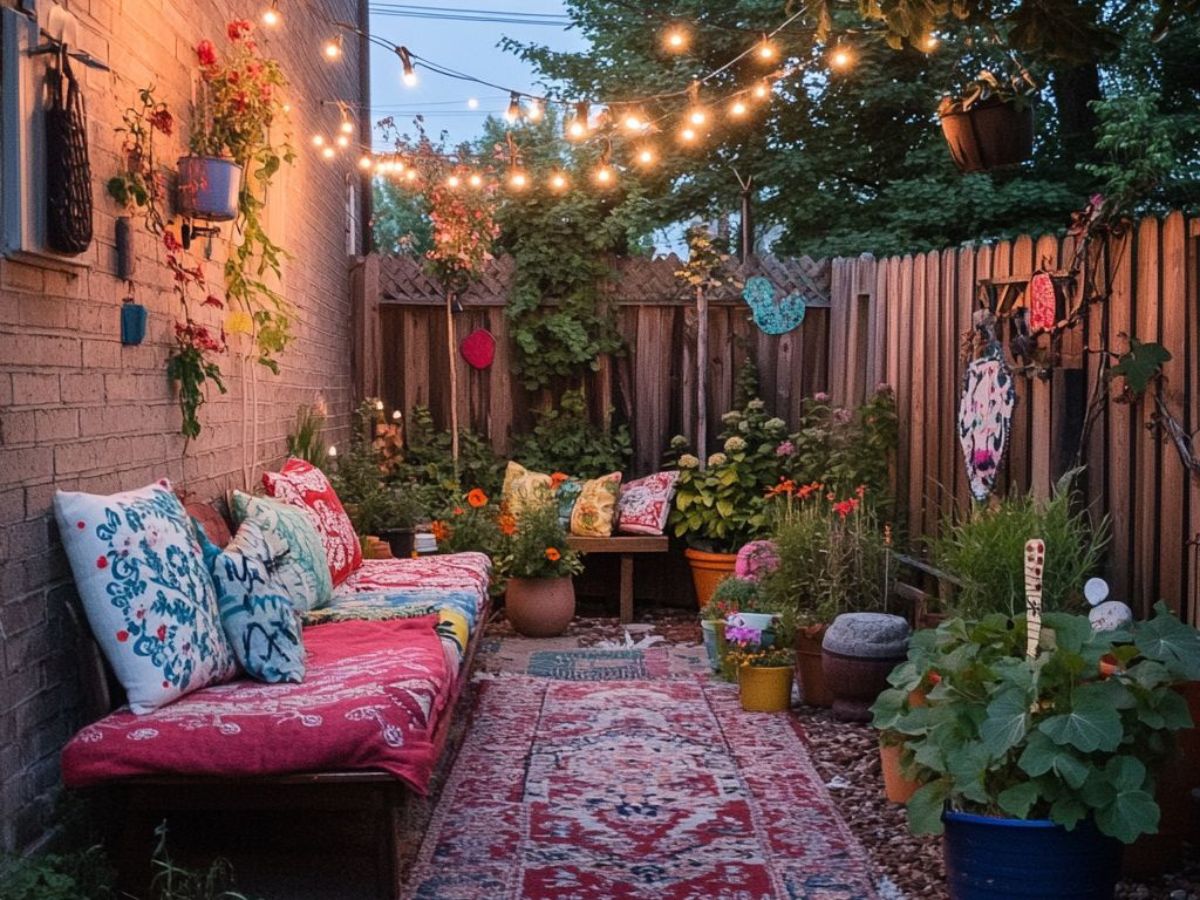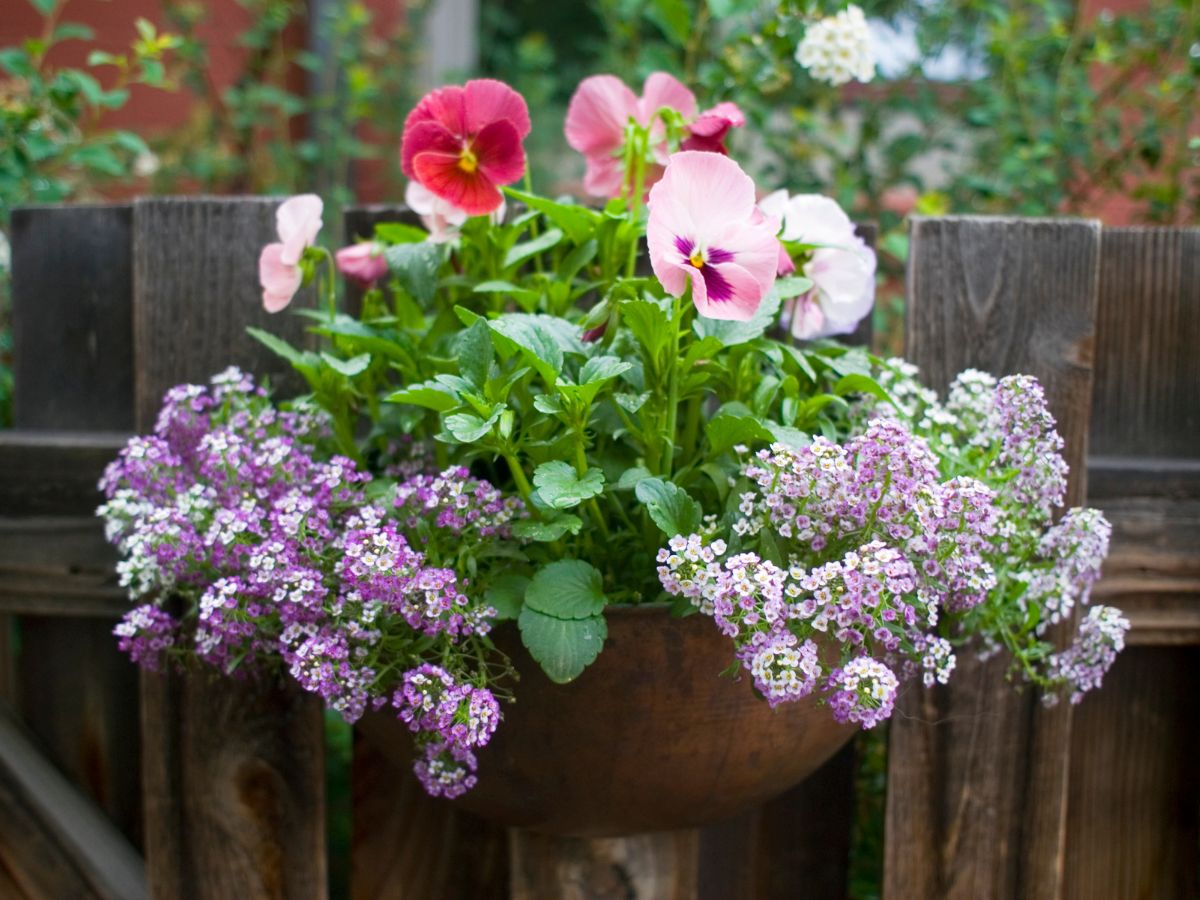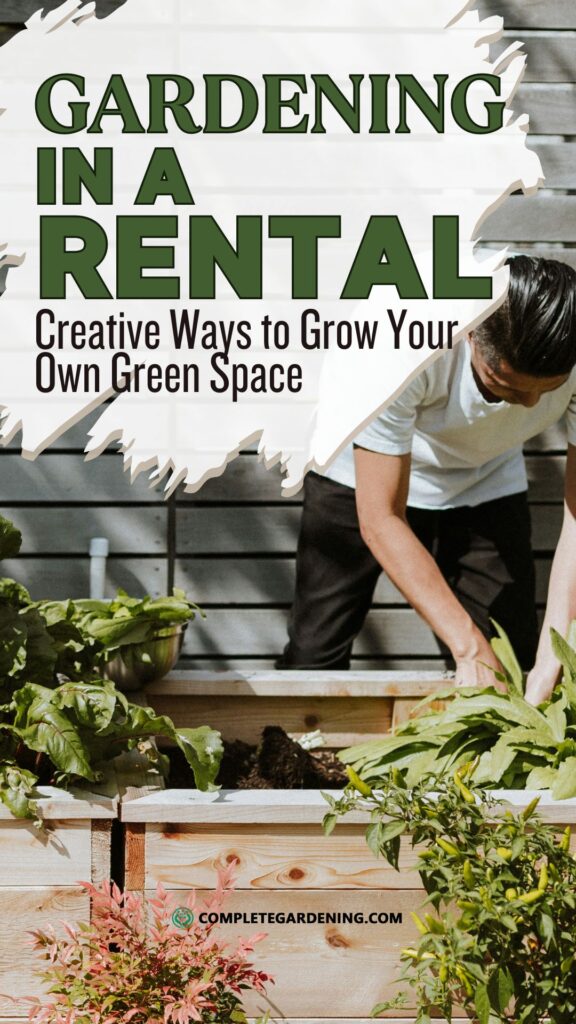There’s something truly special about growing your own plants, tending to a little plot of land, and watching life blossom. But what if you’re renting? Does that mean you should give up on your green thumb? Absolutely not!
Gardening can be just as rewarding, even if you’re renting and can’t dig up your backyard. You can still plant seeds, grow your own veggies, and create your own green oasis.
Whether you’re working with a small patio, a balcony, or even just a sunny windowsill, there’s plenty you can do. So, if you’re ready to get started, let’s talk about how to garden when you rent!
1. Know Your Rental Agreement
Before you go all out with your gardening plans, take a minute to review your lease or chat with your landlord.
Some rental agreements have specific rules about what you can and can’t do with the outdoor space. If you want to plant directly in the ground or make any permanent changes, it’s always best to get permission first.
That said, most landlords won’t have a problem with things like container gardens, raised beds, or indoor plants. Just make sure to ask and get the green light before digging in.
2. Container Gardening: Your New Best Friend
If you’re renting, the safest bet is container gardening. This way, you don’t have to worry about messing up your landlord’s yard or garden beds, and you can take your plants with you when it’s time to move!
The best part? You can grow almost anything in a container – herbs, flowers, veggies, and even small trees!
How to get started with container gardening:
Choose the right containers: Look for pots with drainage holes to prevent overwatering. Get creative with the types of containers you use. Buckets, wooden crates, and even old boots can become quirky planters with a little imagination!
Pick the right plants: Some plants thrive in pots better than others. For veggies, go for tomatoes, peppers, lettuces, and herbs like basil or mint. Flower-wise, marigolds, pansies, and petunias are perfect for pots and add a burst of color to your space.
Use quality potting soil: Your plants need the right nutrients, so don’t skimp on soil. Opt for potting mix instead of garden soil, which can compact in containers.
2. Think Vertically
Not much space? No problem! When you don’t have a lot of ground area, think about going up instead of out.
Vertical gardening is a great way to maximize space, and it’s perfect for renters since you can hang things up or use tall structures to make the most of a tiny area. Plus, it looks pretty darn cool!
Here’s how you can make vertical gardening work for you:
Use a trellis: Grow vining plants like cucumbers, beans, or even some varieties of squash on a trellis. You can buy a ready-made trellis or make your own using wooden stakes or wire mesh.
Hang pots or baskets: If you’ve got a fence or railing, use it! Attach hanging pots or baskets filled with herbs or flowers. They don’t take up much room and are easy to move if needed.
Build or buy a vertical planter: You can purchase vertical planters that are designed to hold multiple plants in a small space, or if you’re feeling crafty, build your own! It’s an easy project, and it makes gardening in small spaces much more doable.
3. Grow Herbs Inside
Let’s say you don’t have any outdoor space at all. That’s no reason to miss out on the joys of gardening! Growing herbs indoors is not only easy but super practical – imagine having fresh basil, rosemary, or mint just a few steps away from your kitchen.
Here’s how to set up a mini herb garden inside your rental:
Pick a sunny spot: Most herbs need about six hours of sunlight a day, so choose a window that gets plenty of light. A kitchen windowsill is perfect if you have one.
Start with the right herbs: Some of the easiest herbs to grow indoors are basil, parsley, mint, chives, and rosemary. You can find small herb plants at your local garden center or start them from seeds if you’re up for the challenge.
Use small pots: Since herbs don’t need much space, small pots are fine. Make sure they have good drainage, and don’t let them sit in standing water. A little watering goes a long way!
4. Community Gardens: Share the Love
If you’re itching to get your hands into the soil but don’t have space at home, look into joining a community garden.
Many neighborhoods offer shared garden spaces where you can rent a small plot to grow your plants. It’s an awesome way to meet other gardeners, learn a few tips, and maybe even share some homegrown veggies.
Check with your city or town to see if there’s a community garden nearby. Often, these gardens are affordable, and some even provide tools and compost, making it even easier to jump right in!
5. Portable Raised Beds: Moveable and Practical
For those of you who might have a little more space but still want flexibility, portable raised garden beds are the way to go.
These are great for renters because they can be set up anywhere and moved if needed. You can build your own from wood, or buy prefabricated versions that are easy to assemble and dismantle.
Raised beds give you the benefits of traditional gardening without digging into the ground, so no worries about your security deposit!
Here’s how to make the most of raised beds:
Choose a good spot: Find an area with plenty of sun. Raised beds dry out more quickly than in-ground gardens, so make sure they’re positioned where you can easily water them.
Use quality soil: Like container gardening, raised beds need good soil to support healthy plants. Look for a mix designed for raised bed gardening – it’s usually a combination of topsoil, compost, and other organic materials.
Go for veggies or flowers: Raised beds are ideal for growing vegetables like carrots, radishes, lettuce, and tomatoes. You can also plant beautiful flowers to brighten up your space!
7. Composting in Small Spaces
Even if you’re renting, composting is still an option. It’s a great way to reduce kitchen waste and create rich soil for your plants. Plus, it’s easier than you might think!
For renters, composting in small spaces is a reality, thanks to systems like worm composting (vermicomposting) or small tumbling compost bins. Here’s what you need to know:
Vermicomposting: It sounds fancy, but it’s really just composting with worms! You can do this indoors, and all you need is a small container, some worms (red wigglers work best), and your food scraps. The worms do all the work, breaking down organic material into compost.
Compost tumblers: These are perfect for small patios or balconies. They’re enclosed, so they won’t attract pests, and they keep composting simple and mess-free. Add your kitchen scraps, give it a spin now and then, and in a few months, you’ll have rich compost for your plants.
8. Temporary Garden Decor: Make It Your Own
Just because you’re renting doesn’t mean your garden can’t have personality. You can add flair to your rental garden space without making any permanent changes. Think about temporary touches like:
String lights: Add a little ambiance with some string lights draped over your balcony or around your patio.
Outdoor rugs and cushions: If you have a sitting area, make it cozy with outdoor rugs, cushions, and throw blankets. They’ll make the space feel homey, and you can take them with you when you move.
DIY garden markers: Get creative and make your own garden markers using stones, popsicle sticks, or even old spoons. It’s a fun project that gives your garden a personal touch.
9. Start with Small Wins
When you’re gardening as a renter, it’s easy to feel limited by space or rules, but don’t let that stop you. Start with a few small projects, like a couple of potted herbs or a vertical flower garden.
Celebrate the small wins, and as your confidence grows, you can expand your garden one plant at a time.
Gardening is about enjoying the process, experimenting, and learning what works.
Whether you’re growing tomatoes in a container on your balcony or tending to a few houseplants on your windowsill, every little bit of green brings joy and life into your space.
Even if you’re renting, you don’t have to give up on your gardening dreams. With a little creativity, you can grow your own plants, enjoy fresh herbs and veggies, and create a space that feels like home.
Whether you’re working with a small patio, a sunny windowsill, or just a corner of your living room, there’s always room for a little bit of nature.
